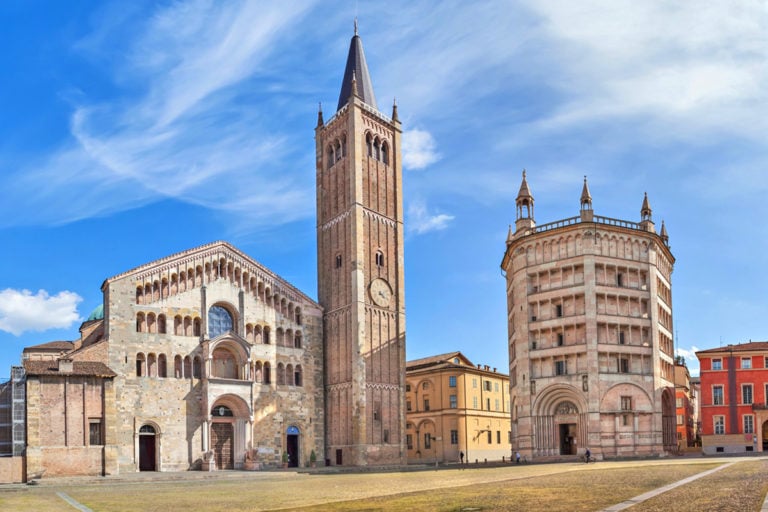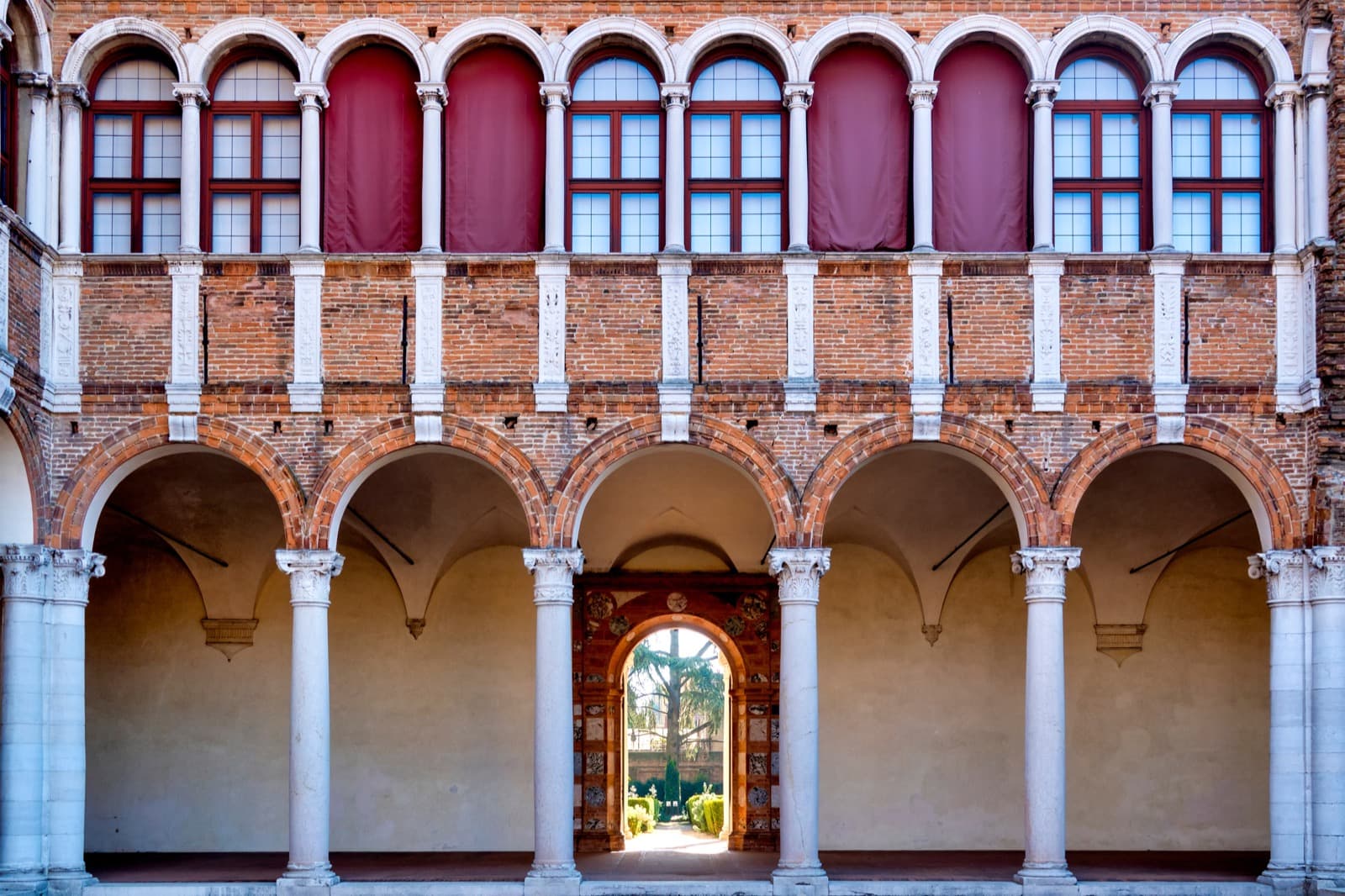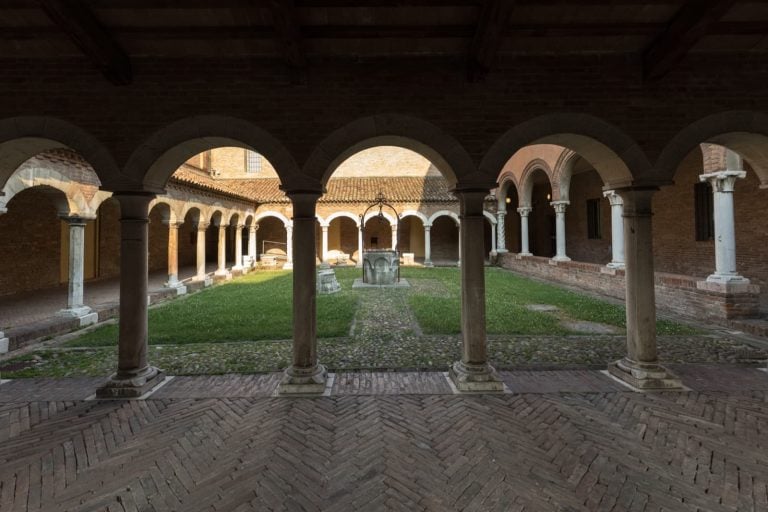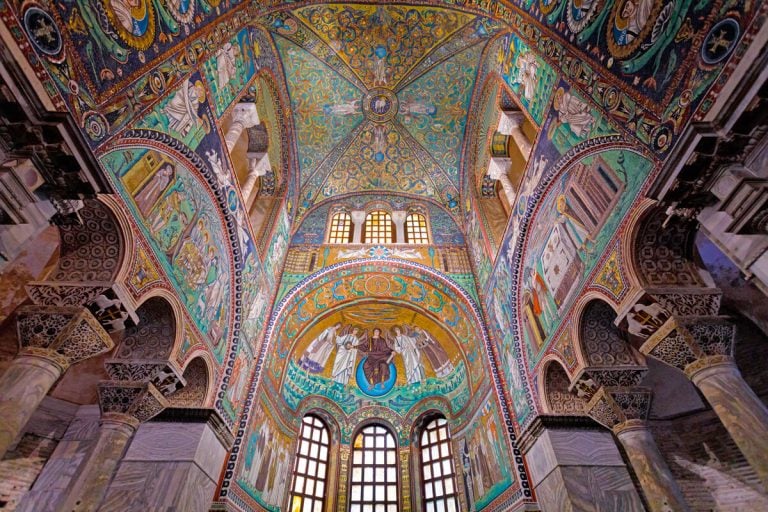Historical Palaces: a journey through history, art and culture in Emilia-Romagna
Emilia-Romagna, with its many cities of art, is a land rich in cultural and artistic treasures. Strolling through the streets and alleys of the historic centres, you will come across palaces and monuments that tell about history, culture and lifestyle through the centuries.
From Piacenza to Rimini, there are many buildings with a unique charm that offer visitors an unforgettable experience. Here we have selected seven of them.
Seven unmissable palaces, each with its own soul and identity: from the Renaissance majesty of Palazzo Farnese in Piacenza to the cultural richness of Palazzo dell’Archiginnasio in Bologna, from the Baroque refinement of Palazzo Ducale in Sassuolo to the cinematic liveliness of Palazzo Valloni in Rimini.
Are you ready to discover these timeless architectural masterpieces?
Let’s enter together the Palaces of Emilia-Romagna that deserve to be visited at least once in a lifetime.
Palazzo Farnese, Piacenza
Close to the heart of Piacenza (5 minutes walk from Piazza Cavalli), Palazzo Farnese is the symbol of the power of the Farnese family, who ruled the city between 1545 and 1731.
Palazzo Farnese was built in the second half of the 16th century on the foundations of the former Visconti castle by order of Margherita d’Austria, wife of Ottavio Farnese and Duchess of Parma and Piacenza, under the supervision of Jacopo Barozzi of Vignola, the official architect of the Farnese family.
The palace stands out for its majestic architectural austerity, although what we see today is only half of the original design.
Inside, Palazzo Farnese houses the Civic Museums: the Art Gallery, the Archaeological Museum, the Museum of Carriages and the Museum of the Risorgimento.
Don’t miss the famous Etruscan Liver, a rare testimony of religious practices related to divination, and the Madonna and Child with St. John the Baptist (ca. 1475-1480) or Botticelli’s famous Tondo.
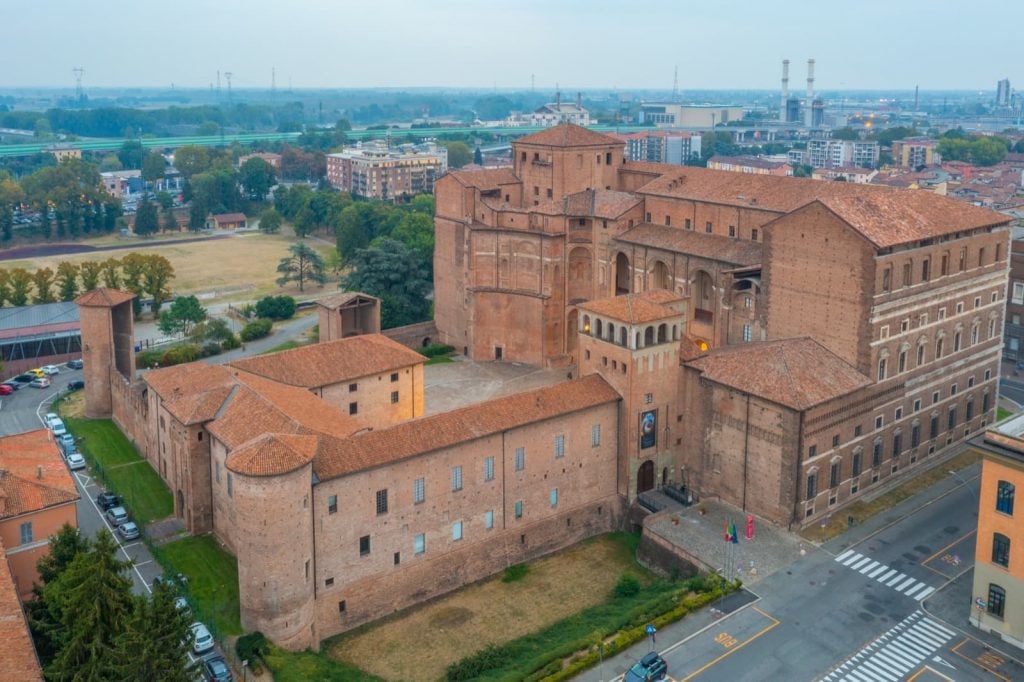
Palazzo della Pilotta, Parma
Located in the centre of Parma, Palazzo della Pilotta is a monumental complex that represents the cultural heart of the city. Symbol of the ducal power of the Farnese family, it was built around 1583, during the last years of Ottavio Farnese’s dukedom, to a design by Francesco Paciotto of Urbino.
Designed to house storerooms, stables, barracks and a large armoury, later converted into a court theatre, the complex owes its name to the aristocratic game of “pelota”, which was played in its courtyards on ceremonial occasions.
The Palazzo della Pilotta now houses the Archaeological Museum, the National Gallery, the Palatine Library, the Bodoni Museum and the majestic wooden Farnese Theatre.
Don’t miss the finds from the Veleia excavations, Parmigianino‘s Portrait of a Gentlewoman (known as The Turkish Slave), Giovan Battista Borghesi’s Portrait of Maria Luigia d’Austria and Leonardo Da Vinci‘s Head of a Young Girl (known as La scapiliata).

Palazzo Ducale, Sassuolo
The Palazzo Ducale in Sassuolo is one of the most extraordinary Baroque residences in northern Italy, a symbol of the splendour of the d’Este family.
Built in 1634 by order of Francesco I d’Este as a “delizia” – a holiday and leisure residence for the court – the palace is most famous for the breathtaking frescoes and perspective games that decorate its rooms.
The walls and ceilings of the rooms are decorated with allegorical themes and episodes from the history of the Este family, with mythological heroes from classical and chivalric literature, painted by a group of exceptional artists of the time (including Jean Boulanger, official painter of the Este court) who were able to capture the ambitious spirit of Francesco I.
The large palace complex, now part of the Estense Galleries, also includes the Palatine Chapel dedicated to St Francis and the imposing Ducal Peschiera.

Palazzo dell’Archiginnasio, Bologna
In the heart of Bologna, the Palazzo dell’Archiginnasio is a monument to culture and knowledge, whose emblem is the Alma Mater Studiorum – University of Bologna. The Archiginnasio was built between 1562 and 1563 at the behest of Cardinal Carlo Borromeo to provide a unified seat for the University of Bologna.
The exterior of the Palazzo is characterised by a striking inner courtyard with a double arcade, while on the second floor there is the solemn Sala dei Legisti, known today as Sala dello Stabat Mater in memory of the first performance of Gioachino Rossini’s Stabat Mater on 18 March 1842, and the Teatro Anatomico, a masterpiece of wooden architecture designed in 1637 by the Bolognese architect Antonio Paolucci, a pupil of the Carracci, for the teaching of anatomy.
The entire building – the walls of the rooms, the vaults of the staircases and the loggias – is densely decorated with coats of arms and ceremonial inscriptions: there are about 6,000 of them, making up the largest mural heraldic complex in existence and bearing witness to the history of the students and families who attended the University of Bologna and left their mark on the city’s history.
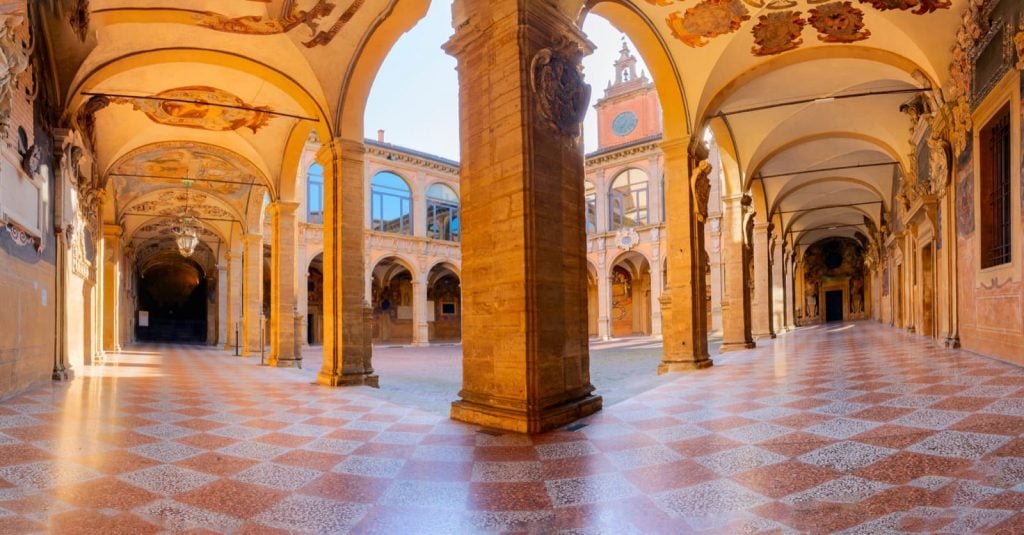
Palazzo Schifanoia, Ferrara
The Palazzo Schifanoia in Ferrara is a jewel of the Ferrara Renaissance; built between 1385 and 1391 at the behest of Alberto V d’Este, it was later enlarged and embellished at the behest of Borso d’Este, who made it the emblem of the grandeur of the d’Este family.
It is the ‘delizia’ closest to the city centre, used by the Este Court to schivar la noia – escape boredom – hence the name.
The palace is best known for its extraordinary Salone dei Mesi (Hall of the Months) on the piano nobile, where it is possible to admire up close one of the most important cycles of frescoes in 15th-century Italy, the collective work of several great masters of the Ferrara school, including Francesco del Cossa and Ercole de’ Roberti.
The frescoes, a celebration of life amid allegories and mythology, depict the various months of the year, divided horizontally into three compartments: at the top the pagan gods, at the bottom the world of men with scenes from the life of the people and the court, and in the middle the signs of the western zodiac accompanied by the decans of the Egyptian zodiac.
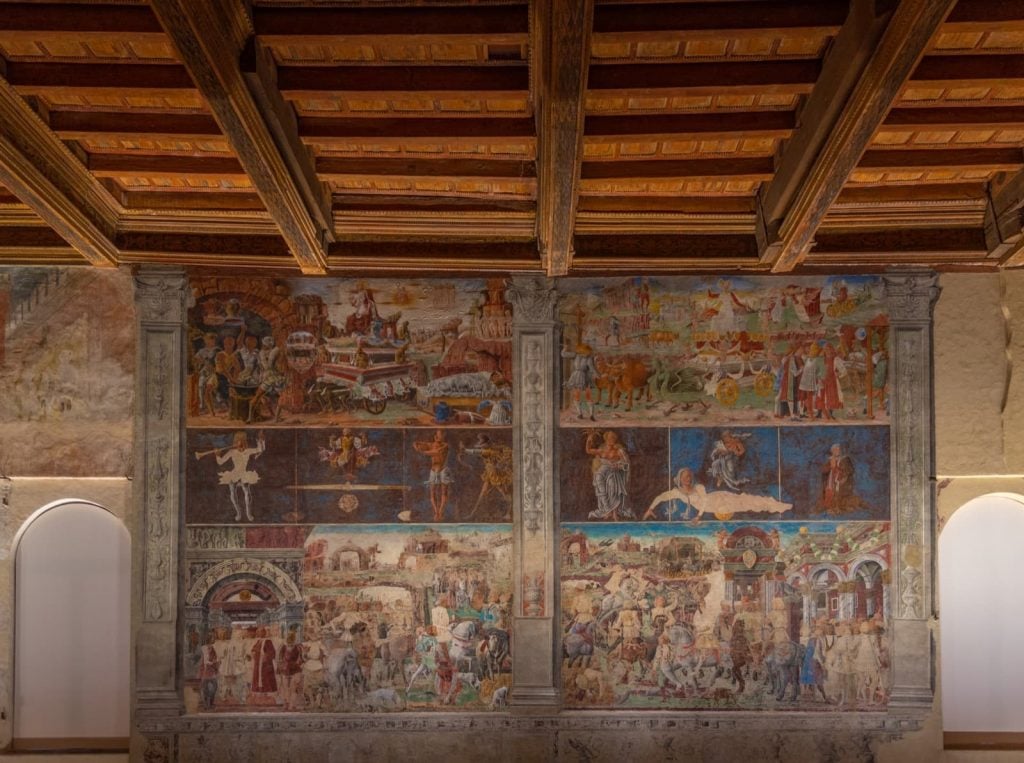
Palazzo Milzetti, Faenza
In Faenza, Palazzo Milzetti is a triumph of Neoclassicism: a marvel of balance and harmony where architecture, painting, sculpture and applied arts come together, creating one of the most important Neoclassical residences in Italy.
Built in 1792 at the behest of Count Nicola Milzetti to a design by Faenza architect Giuseppe Pistocchi, the palace was later completed (at the behest of his son Franesco Milzetti) by architect Giovanni Antonio Antolini and decorated by painter Felice Giani, who designed the splendid frescoes and stuccoes on mythological themes, including the vault – considered his masterpiece – and the oval ante-bath inspired by Herculaneum decorations.
Today the palace houses the National Museum of the Neoclassical Age in Romagna and tells visitors about the history and culture of an aristocratic family at the height of the Napoleonic period.
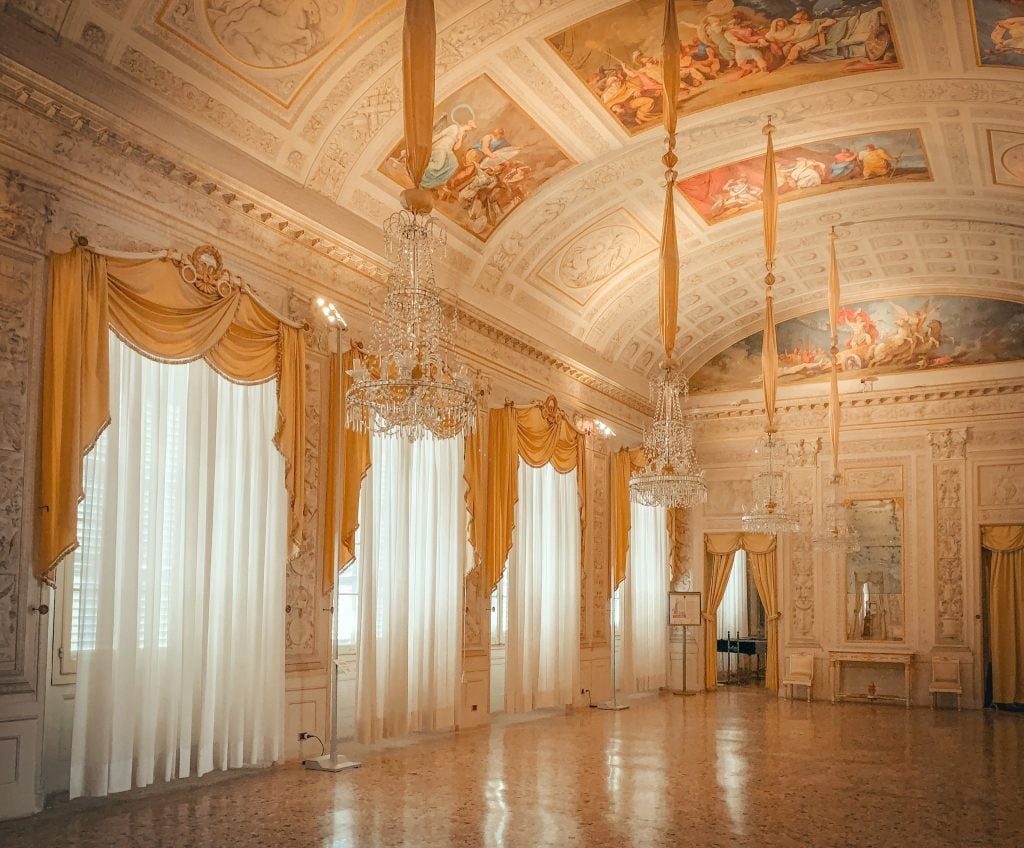
Palazzo Valloni (Fulgor), Rimini
The 18th-century Palazzo Valloni in Rimini, better known as the Palazzo del Cinema Fulgor, is an iconic place for cinema and culture lovers, where the charm of history meets the magic of the big screen.
On the ground floor of the Palazzo is the Fulgor, the oldest cinema in Rimini, closely linked to the figure of Federico Fellini, who evoked it in some of his most famous films, such as Amarcord. In fact, it was at the Fulgor that the famous Rimini director saw his first film, Maciste all’inferno, and fell in love with the seventh art.
Restored according to the artistic vision of world-famous set designer Dante Ferretti, the Fulgor is now a unique venue, created to enhance the magic of the films that are projected on its big screen.
The three upper floors of Palazzo Valloni, on the other hand, are part of the diffuse Fellini Museum, which aims to illustrate and enhance the cultural heritage of one of the greatest directors in the history of cinema through installations and visual, technological and interactive tools.
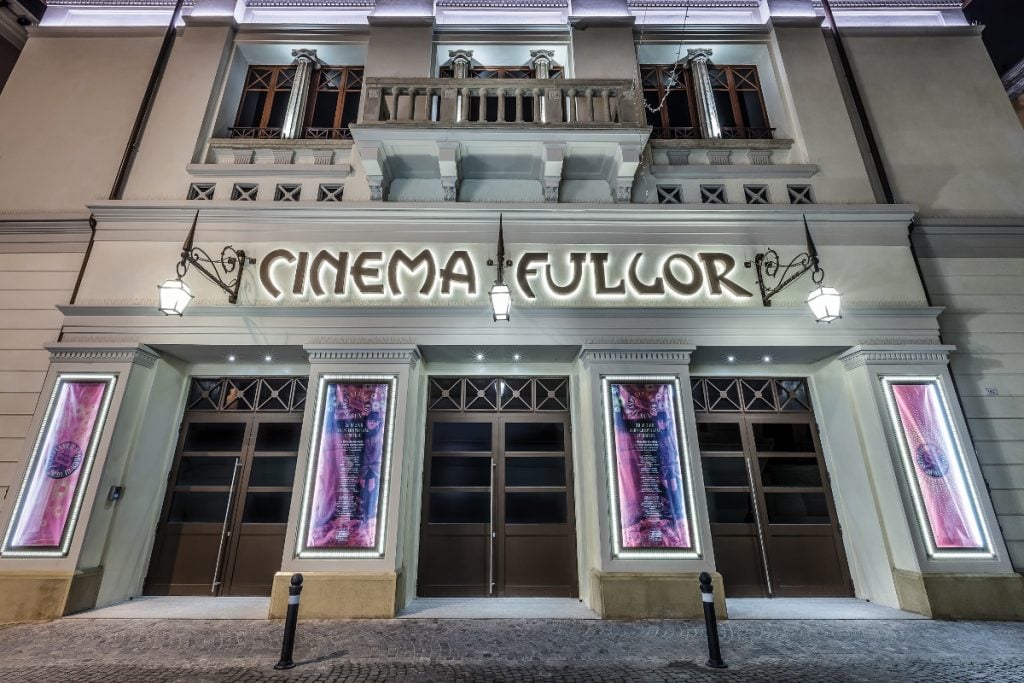
Author
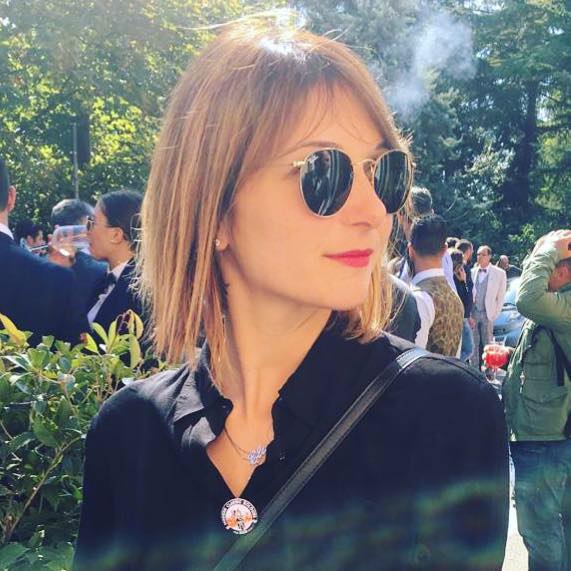
Elisa Mazzini
Social Media Manager for @inEmiliaRomagna and full-time mom.
You may also like
Italian greatest artists: 9 artworks in Emilia-Romagna
by Celestina Paglia /// February 12, 2021
Looking upwards. Unmissable vaults and domes in Emilia-Romagna
by Maria Grazia Masotti /// October 18, 2024
The Most Beautiful Churches and Cathedrals in Emilia-Romagna
by Davide Marino /// September 20, 2018

Interested in our newsletter?
Every first of the month, an email (in Italian) with selected contents and upcoming events.
Sunday at the Museum: Free Museums in Emilia-Romagna
by Celestina Paglia /// March 29, 2022
Emilia-Romagna’s most beautiful cloisters
by Davide Marino /// October 1, 2020


